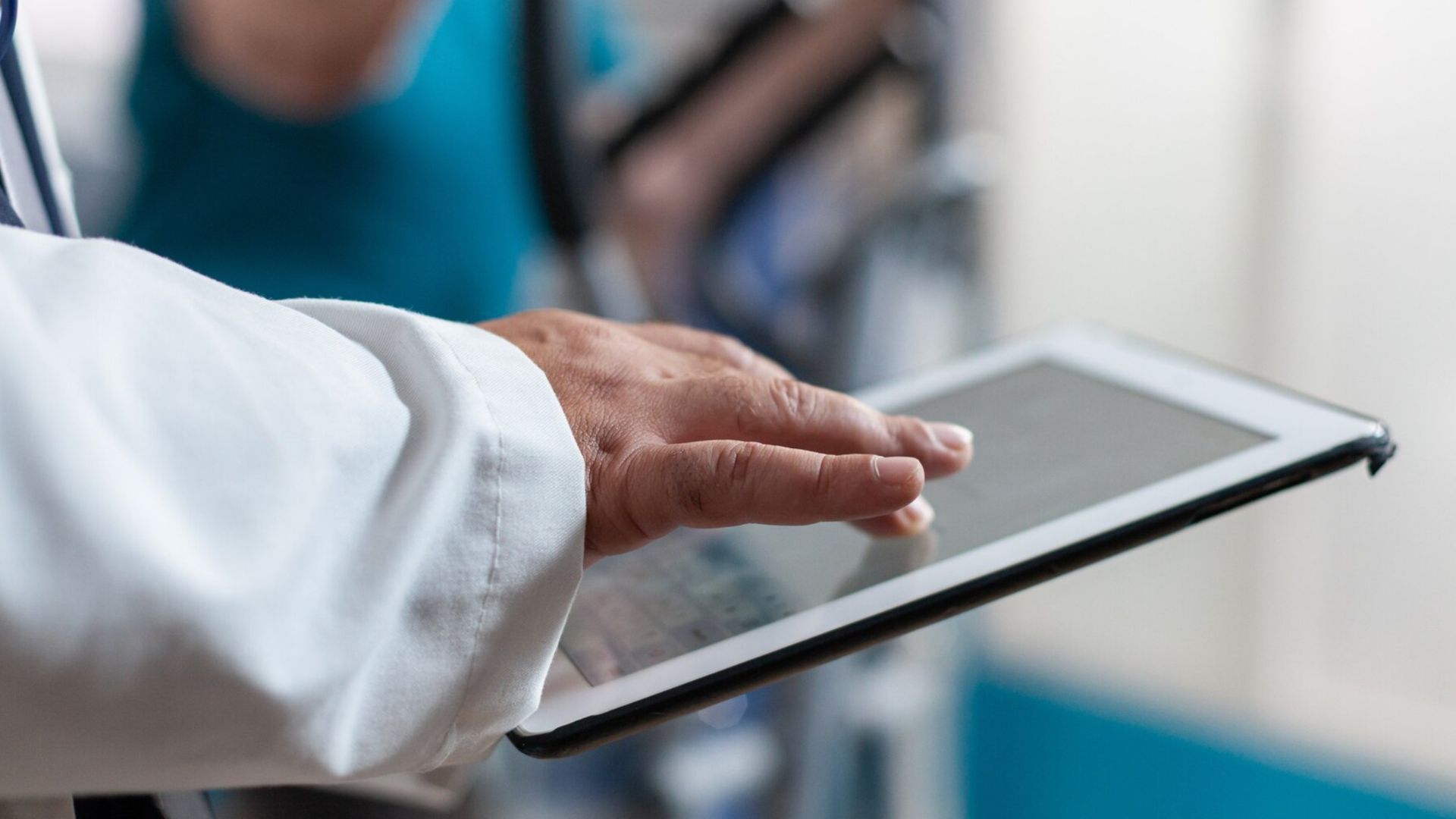SINGAPORE: With the growing shortage of healthcare workers worldwide, especially in cardiology, wearable heart monitors are becoming a game changer. As healthcare systems strain under the increasing demand for care, devices like smartwatches and Holter patches are stepping up to ease the burden. In places like Singapore, where healthcare workers are stretched thin, the advent of these technologies promises to revolutionize cardiovascular care.
The role of wearable devices in reducing workloads
A recent article from Healthcare Asia highlights how wearable heart monitors are already proving invaluable tools in managing heart health. These devices continuously measure vital signs like blood pressure and heart rate, sending real-time data to healthcare systems. As consultant cardiologist Chan Po Fun from Cardiac Care Partners explains, this can significantly reduce the need for nurses to take manual blood pressure readings during rounds. “This allows healthcare teams to focus more on critical tasks,” she says, highlighting how technology can improve efficiency.
Cardiac care institutions like Cardiac Care Partners at Mount Elizabeth Medical Centre also leverage devices like Holter patches. These portable monitors, which do not require cumbersome wires, allow patients to move freely while still collecting essential data to detect heart abnormalities. This enhances patient comfort and reduces the need for frequent in-person appointments, further alleviating pressure on healthcare resources.
Technology adoption on the rise in Asia
The global demand for smartwatches with health monitoring capabilities is expected to surge in the coming years. A Research and Markets report projects the market will grow by 11.3% annually, reaching $100.8 billion by 2030. This trend is particularly pronounced in Asia-Pacific, where countries like Singapore are leading the way in integrating technology in healthcare.
Philips’ 2024 Health Index report reveals that 75% of global cardiology leaders acknowledge that staff shortages affect patient care. Many turn to remote patient monitoring, virtual care, and artificial intelligence (AI) solutions. In Singapore, 89% of healthcare leaders are already investing or planning to invest in generative AI (genAI) to enhance preventive care, a rate significantly higher than the global average of 62%.
Collaborative efforts to improve care delivery
Collaboration between healthcare providers and tech innovators is crucial to ensure the effective implementation of these emerging technologies. Mark Burby, Vice President of Health Systems for Philips in the Asia-Pacific region, emphasizes the importance of creating a supportive environment for adopting AI and wearable devices. Burby points to the partnership between Philips and SingHealth, Singapore’s largest public healthcare group, as an example of how technology can streamline care. Their collaboration on an electrocardiogram (ECG) project enables healthcare professionals to access ECG data more efficiently, enhancing workflow and improving care delivery for patients with cardiovascular diseases.
Healthcare providers can focus their expertise on more complex patient needs by automating routine processes and introducing more efficient monitoring systems. As Chan Po Fun puts it, “Anything that can be automated should be automated,” allowing healthcare teams to optimize their workflow and expand their capacity to deliver high-quality care.

